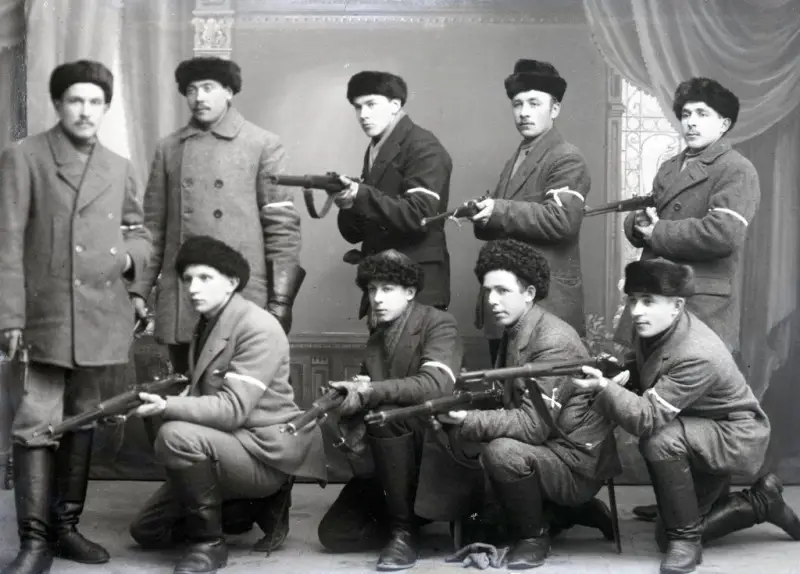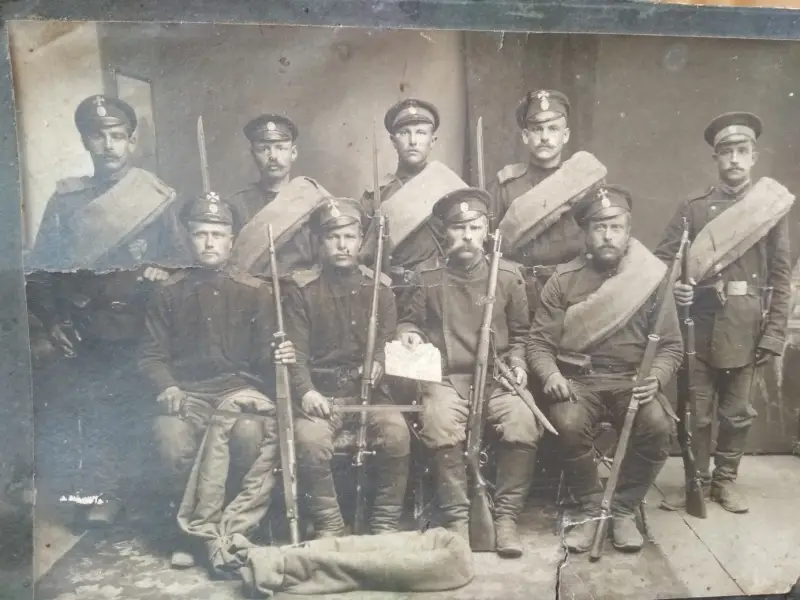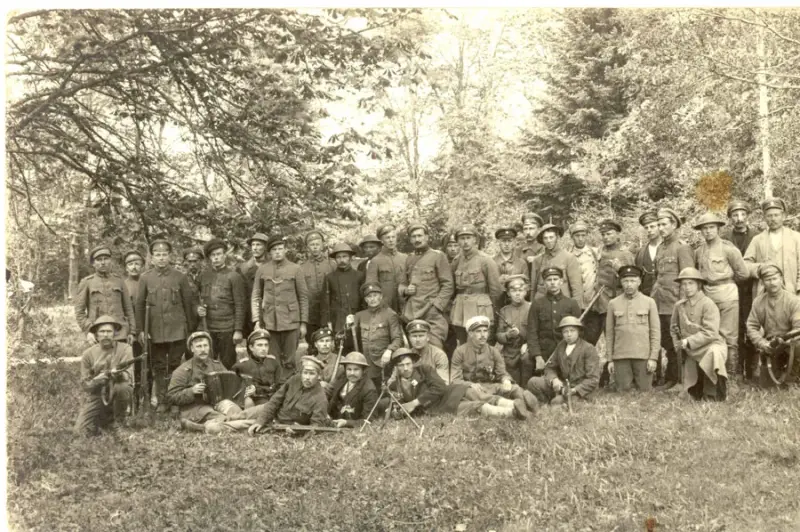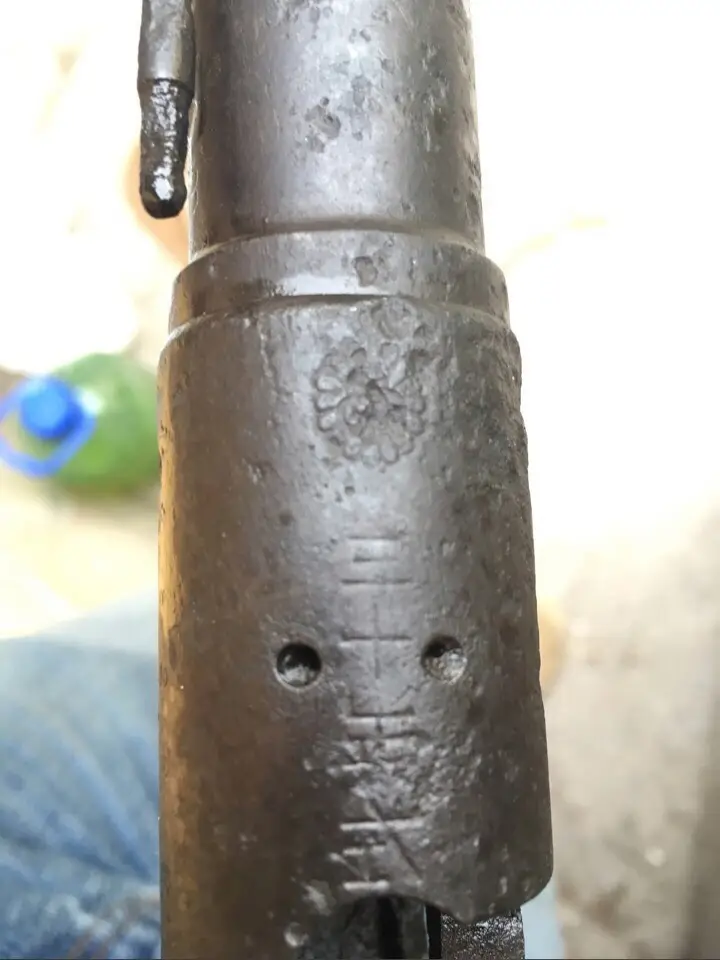Japanese rifle with an English accent

As the outstanding writer and philosopher Ernst Junger once said: “Books and bullets have their own destinies.” Agreeing with him, it is worth noting that fates worthy of a separate book also happen to firearms. weapons.
Some rifles, in their very first battle, end up buried forever in the ground, where they will remain until they turn into rusty dust. Others, produced at the same plant and at the same time, will go through hundreds of battles in two world wars and several local wars. And even the survivors ultimately face different ends - a melting pot and disposal, a peaceful retirement in a museum display case, or the caring hands of a collector.
In this article, as an example of such adventures of individual weapons, we will take history one of the rarest modifications of the Arisaka rifle Type 30 and Type 38, namely a variant chambered for the British cartridge British 303.
The background to the appearance of such an unusual combination of a Japanese rifle and a British cartridge is quite interesting.
Back in 1914, in connection with general mobilization in the Russian Empire, a shortage of rifles began to be acutely felt. Arming the rear units and militia with outdated Berdan rifles did not solve the problem, and its own production was not able to cover the large losses: losing about 100-150 thousand rifles every month, or even more, the country produced no more than 50 thousand units over the same period. Despite the fact that it was not possible to quickly increase production, and it took time to launch the production of Mosin rifles at factories in the USA.
In such a difficult situation, a decision was made to purchase rifles abroad. According to the original plan, the first thing planned was to buy back from Japan all the captured “three-line aircraft” remaining after the Russo-Japanese War. However, a special commission that arrived in the Land of the Rising Sun quickly found out that Japan had simply disposed of unnecessary trophies.
And yet, the former enemies who became allies in the world war found a way out: already in October 1914, the Russian Empire began to purchase surplus weapons from Japan.

Militias of the Russian Imperial Army with Japanese rifles
In total, during the First World War, over 820 thousand Arisaks of various modifications entered service with the Russian Imperial Army, and about 100 thousand were transferred from England as allied assistance.
It is important to note that most of these rifles, especially the Type 30 model, were not produced from scratch for Russia, but were sold from the warehouses of the Imperial Japanese Army.
Thus, many rifles were far from new, some of them were even used during the Russo-Japanese War against their new owners. Therefore, it was initially planned to use “foreign cars” only as a replacement for domestic ones in the rear units and in navy, thereby freeing up the Mosinki for the front.
But in the end, the “Japanese” carried active service on the front line, and ammunition for them was produced both at Russian factories and ordered abroad, including in the UK.
The Civil War that began after the 1917 revolution scatters Arisaki throughout the territory of the former empire. They are used everywhere, both white and red, on all fronts: from Petrograd to the Far East, from Omsk to Crimea.
Also, tens of thousands of these rifles from the arsenals of the Baltic Fleet and rear depots end up in Finland. For some time they served in the Finnish army, but by 1928 the Finns resolved the issue of their own production of Mosin rifles and sold the remnants of their Arisak stocks to Estonia, which had used them to a limited extent before.

Finnish White Guards with Arisaks
Actually, this moment was decisive for the birth of the “Britishized Arisaka.”
In the late 20s and early 30s, the Baltic countries, including Estonia, actively cooperated with Great Britain in the arms sector. From 1929 to 1935, the Estonian government actively purchased British Enfield P14 rifles chambered for 303 British. For the purpose of unification, as well as due to the depletion of stocks of 6,5x50 mm Arisaka cartridges, the Estonians decide to convert the available Japanese rifles to the British cartridge.
According to researchers, including the famous weapons expert Ian McCollum, no more than 25 thousand rifles were converted in total, with most of them being Type 38 (“Arisaka” model 1905) and only a small number were surviving Type 30 (“ Arisaka" model 1897). The converted weapons served in rear units and police units.

Estonian militia with Japanese rifles and British helmets
In 1939, all Estonian arsenals were captured by the Red Army, including a number of modernized “Japanese” weapons that survived until that time. So the Arisaki, once purchased by the Russian Empire, returned to Russia again.
However, they could hardly be called a valuable acquisition - most of the rifles were actively used for 30 years, in addition, they used a British cartridge that was extremely uncommon at that time in the USSR - there was more Japanese ammunition in warehouses. They were saved from disposal only by the fact that at that moment the Soviet Union was actively fighting with Finland, and the rifles were sent for conservation, just in case.
And the opportunity has come.
In 1941, the “Estonian Arisaki” and their cartridges were transferred to the Crimea to arm the newly formed partisan detachments. Alas, today the exact quantity of weapons transferred is unknown, just as it is not known for certain how effective the use of Arisak was in the Crimean forests.
However, according to indirect evidence, it can be assumed that most of these rifles were lost or abandoned by partisans in 1941–1942: a high degree of wear and tear and the inability to regularly replenish ammunition greatly reduced their combat value. As a result, most of these rifles that have survived to this day are of archaeological origin, and were found in partisan caches and abandoned at campsites.

A stamp with the hieroglyphic inscription “Type 30” on a rifle found during search work in the Crimean mountains
Having learned such an unusual history of the conversion of a rifle, you inevitably begin to regret that iron cannot speak. After all, it turns out that some of the Arisakas, having begun their combat career during the Russo-Japanese War, ten years after it ended up on the battlefields of the First World War in the hands of a Russian soldier.
Then those who survived and did not perish in the crucible of the Civil War took part in the formation of the Finnish state, and after that they moved to Estonia, where they underwent a number of changes and served faithfully for many years. After which those who remained returned to Russia again and went to the warm and sunny Crimea to fight the Germans in World War II.
Yes, a story from one of these old Japanese ladies would be extremely interesting!
Information